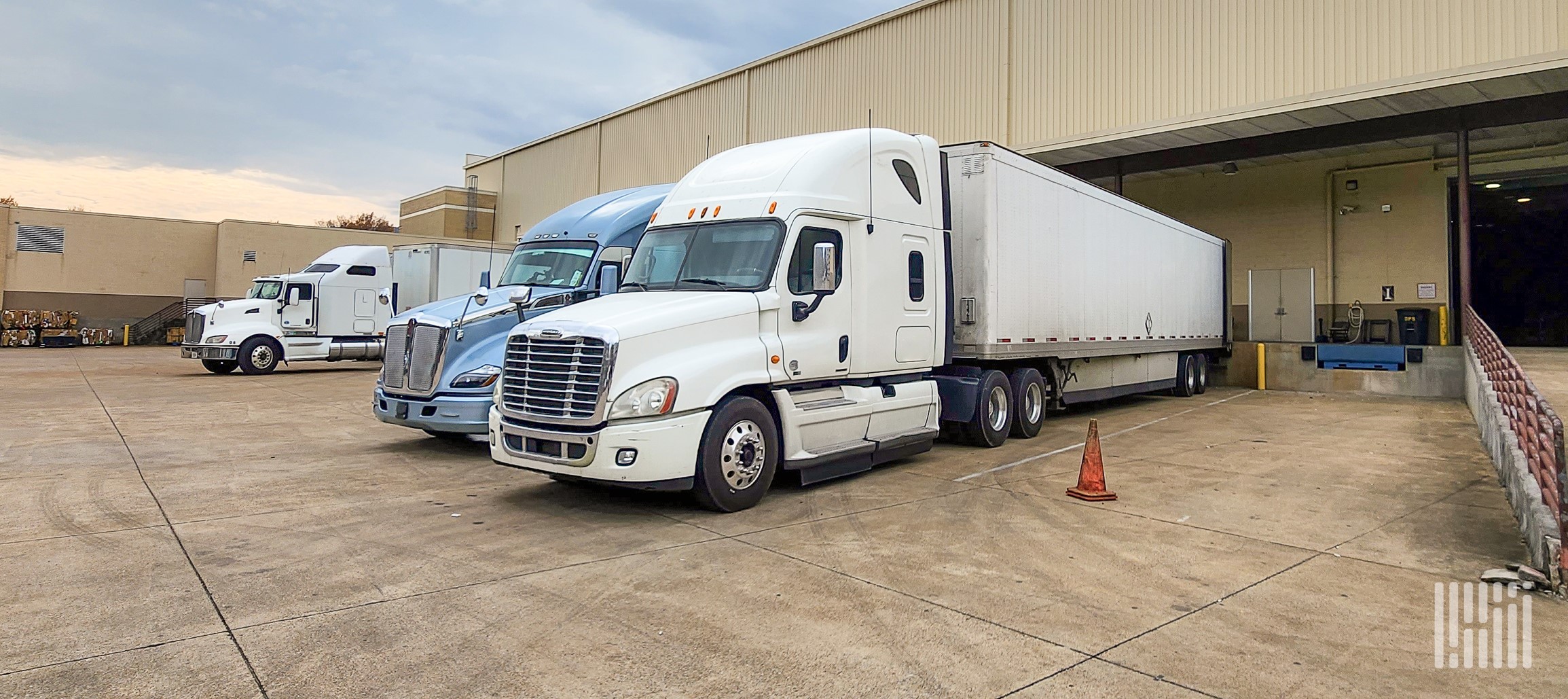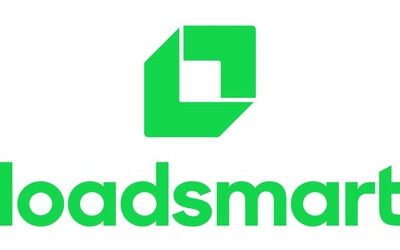Transportation management systems (TMS) are changing how shippers operate in every industry across the world. These powerful software solutions offer a wealth of benefits, from boosting efficiency to cutting costs and improving customer satisfaction.
This article explores modern TMS technologies and their advantages for shippers, and explains what to consider in buying decisions.
What exactly is a transportation management system?
A TMS is a software tool designed to optimize the movement of goods from the point of origin to their final destination. It provides shippers with a centralized platform to manage and control various aspects of transportation, including carrier selection, route planning, load optimization, freight tracking, and documentation.
By automating manual processes and providing real-time visibility into shipments, a shipper TMS helps shippers reduce transportation costs, improve efficiency, and enhance customer satisfaction. It also enables them to make data-driven decisions by providing insights into transportation performance metrics.
Essentially, transport management solutions empower shippers to streamline their supply chain operations, mitigate risks, and gain a competitive advantage. By using a TMS, shippers can focus on core business activities while ensuring the timely and cost-effective delivery of their products.
TMS features that shippers need
Modern TMS platforms come loaded with features to make shippers’ lives easier. Here are some of the most important ones.
Smart routing and load optimization
The best TMS technologies use advanced algorithms to determine the most efficient routes and load configurations. They help maximize vehicle capacity and minimize fuel costs, leading to significant savings over time.
Comprehensive carrier management
Managing relationships with multiple carriers gets challenging. Top TMS software streamlines the workload by allowing shippers to compare rates, track carrier performance, and select the best options for each shipment from one platform. The end result is better service and potentially lower rates.
Real-time shipment tracking
Many TMS platforms offer GPS tracking and status updates, providing visibility into shipment locations and estimated arrival times. This real-time data is critical when it comes to managing customer expectations and addressing issues that come up in transit.
Streamlined documentation
TMS software can generate and store important shipping documents, facilitating easy access to bills of lading, customs forms, and other paperwork. Additional benefits include fewer human errors and time freed up from administrative tasks.
Powerful analytics and reporting tools
Built-in reporting tools help shippers analyze transportation data, identify trends, and make informed decisions. The resulting ongoing insights can lead to continuous operational improvements.
Seamless integration with other business systems
Most TMS platforms can integrate with other business systems like ERP, warehouse management systems (WMS), and accounting software. Tech integrations create a seamless flow of information across organizations, reducing data entry errors and improving overall efficiency.
8 reasons why shippers love TMS logistics platforms
More and more shippers are jumping on the TMS bandwagon, and with good reason. Among many other advantages, the software enables them to:
- Slash costs: By finding the best routes and rates, a TMS can help cut transportation expenses by up to 30%. For businesses with high shipping volumes, the impact on profitability is significant.
- Work smarter, not harder: Automating tedious tasks frees up your team to focus on more important work. The resulting efficiency can increase productivity and employee job satisfaction.
- Keep customers in the loop: Real-time tracking means you can always give accurate updates on shipment status. This level of transparency improves customer satisfaction and loyalty.
- See the big picture: With a bird’s-eye view of your entire transportation operation, you’re better positioned to spot both issues and opportunities.
- Make data-driven choices: Detailed analytics help you make smarter choices around carriers, routes, and service levels. By basing decisions on hard data, you can consistently improve your transportation operations over time.
- Grow with ease: As your business expands, a TMS can easily scale to handle higher volumes shipments and more complex logistics networks.
- Stay on the right side of the law: Many TMS platforms include features to help you comply with industry regulations so you can avoid costly fines and legal issues.
- Go green: Optimized routes and loads mean greater fuel efficiency, reducing your company’s environmental impact. Along with benefiting the planet, operating more sustainably can boost your company image and appeal to environmentally conscious customers.
Finding your TMS soulmate
Choosing the right TMS for your specific needs is crucial. Here are some questions to help guide your evaluation process:
- How big is your business, and what are your specific needs? Some TMS platforms are better suited for small to medium-sized businesses, while others are designed for large enterprises with complex logistics networks.
- What’s your shipping volume, and which transportation modes do you use? Make sure the TMS can handle your current and anticipated multimodal needs.
- Does the TMS play well with your existing systems? Make sure it integrates smoothly with your current ERP, WMS, and other business software to avoid data silos.
- Is the interface user-friendly? A tricky user experience translates to low adoption rates, so look for technologies that are easy to learn and use.
- Can the system grow with your business? Choose one that can scale up as shipping needs increase and requirements become more complex.
- What kind of support does the TMS provider offer? Consider the vendor’s implementation process, training resources, and ongoing support offerings.
- What are the upfront and long-term costs? Evaluate both initial and ongoing costs, including licensing, maintenance, and potential customization fees.
- Do you prefer a cloud-based or on-premise solution? Cloud-based systems offer flexibility and lower IT overhead, while on-premise solutions may provide more control over your data.
Tips for making the most of your TMS
Implementing a TMS for shippers is just the beginning. To get the most out of your investment, there are a few tried and true best practices you should consider.
First, start out by setting clear goals for what you want to achieve with the platform. Having specific objectives in mind will help steer the implementation and provide basic success criteria.
Gather input from all departments that will use the system early in the process. This approach helps ensure that the TMS meets everyone’s requirements, and increases cross-functional buy-in. It also gives you an idea of training needs, because you’ll want users to take full advantage of advanced TMS features to drive operational gains (which also serves to accelerate your ROI).
Another important implementation tip is to make sure your existing data is clean and accurate before kicking off any migration efforts. Bad data can lead to poor decision-making, so any extra time this may take can be considered a worthwhile investment. And once the TMS is up and running, keep a close eye on the data to identify opportunities and areas for improvement.
When it comes to rolling out the software, consider a phased approach starting with core features. Doing so allows your team to get comfortable with the basics before moving onto more advanced functions. After the initial roll-out, keep your software up-to-date so you can benefit from new capabilities and security features.
Reap the rewards of shipper transportation management systems
Modern TMS solutions offer countless advantages to shippers choosing to implement them. The immediate gains of streamlined shipping processes alone make a compelling argument for many supply chain managers considering a change.
Implementing a modern TMS offers significant long term benefits for shippers as well, strategically positioning them to achieve success in an increasingly complex and competitive market. In many cases, legacy technologies are simply unable to offer the visibility, control, and agility needed to navigate current supply chain challenges.
So why wait? The future of shipping is here, and it’s powered by advanced transport management technologies, like Loadsmart’s next-gen ShipperGuide TMS. Use them to optimize your operations, reduce costs, improve customer satisfaction, and gain a competitive edge within your industry.
FAQ
A TMS system works by integrating and automating various aspects of transportation logistics into a single platform. It collects data from different sources, processes it using built-in algorithms, and provides tools for planning, execution, and optimization of shipping operations.
The four basic functions of transportation management are planning, execution, tracking, and measurement. Planning involves route optimization and carrier selection, execution covers booking and documentation, tracking provides real-time visibility of shipments, and measurement entails analyzing performance data to improve operations.
A TMS (transportation management system) is software that manages and optimizes the transportation aspects of a supply chain, including carrier selection, route planning, and shipment tracking. A WMS (warehouse management system) is software that controls and manages the day-to-day operations in a warehouse, including inventory tracking, picking processes, and storage optimization.


